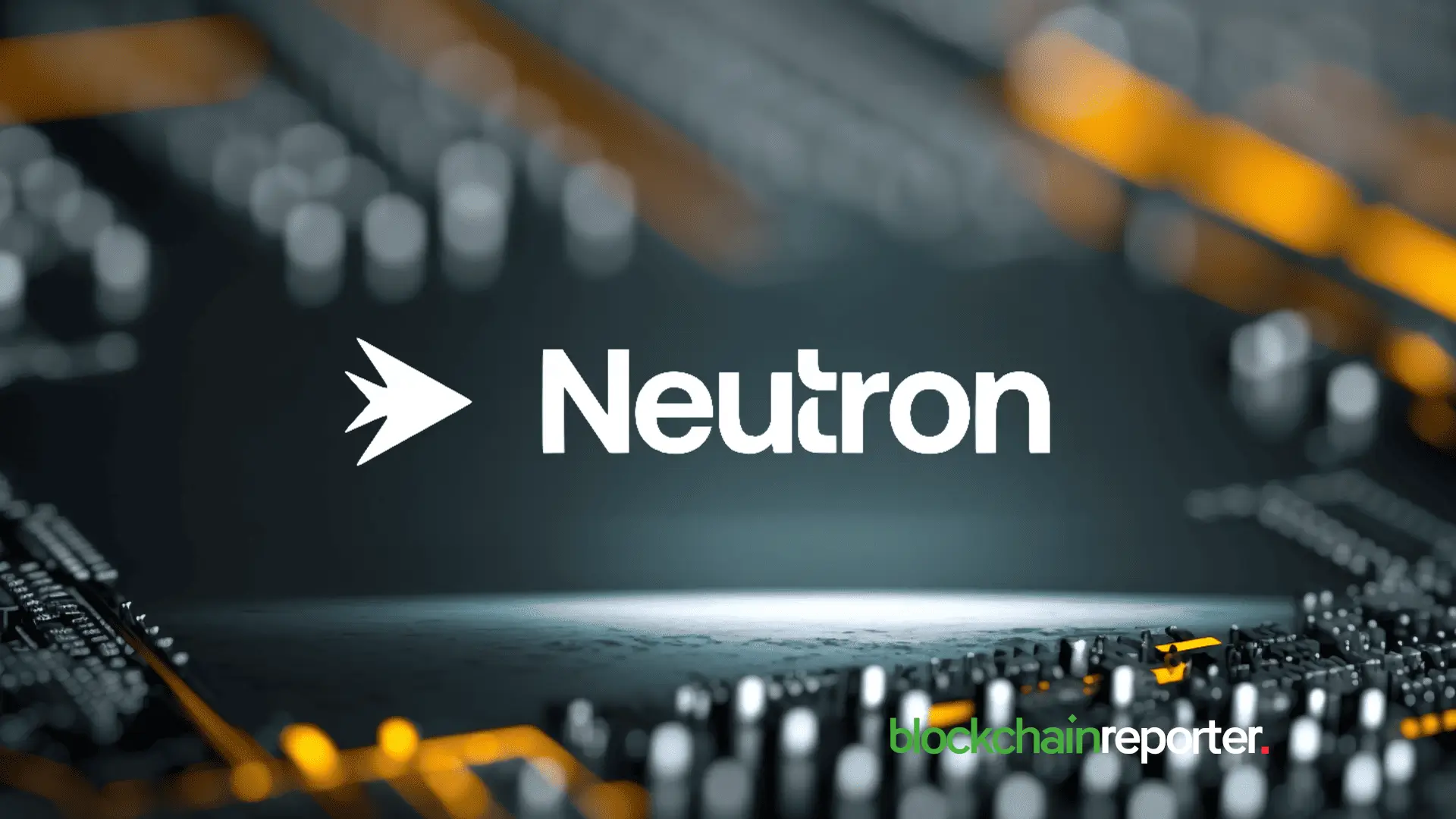Singapore is set to welcome autonomous ride-hailing vehicles as Chinese companies Pony AI Inc. and WeRide Inc. partner with local firms to launch robotaxi services in the city-state.
WeRide said it will work with Grab Holdings Ltd of Singapore to provide autonomous rides for users travelling on two authorized routes in the Punggol neighbourhood.
Pony AI outlined a parallel push with ComfortDelGro. The companies aim to start service within the next several months. The move positions Singapore as a key hub for driverless transport in Southeast Asia.
Singapore’s Land Transport Authority said its route will cover 12 kilometres in Punggol. WeRide and Grab will operate vehicles along 10km and 12km routes, matching the government’s approved routes for trials.
Singapore positions itself as a hub for robotaxi deployment
The announcements follow a June update from the Ministry of Transport of Singapore. This particular update suggested that the government intends to introduce autonomous vehicles across public housing estates by year-end and integrate the technology within the national public transport system.
Chinese autonomous-driving firms are also pushing abroad. US-listed Pony AI and WeRide, along with Baidu’s Apollo Go, are pressing across Europe, Southeast Asia and the Middle East. Baidu Inc. is preparing to launch Apollo Go in Malaysia and Singapore as soon as this year, according to an earlier report by Bloomberg.
Tesla Robotaxi Pilot draws scrutiny after three crashes in Austin
Meanwhile, in the United States, Tesla’s early data on its own self-driving pilot is drawing attention. A crash report filed with federal regulators lists three collisions tied to the Tesla robotaxi program, only 10 days after the pilot began in Austin, Texas. Tesla withheld much of the detailed data in the filing, citing proprietary information.
The fleet, made up of about a dozen cars, had covered up to 7,000 miles in total, according to figures cited in the filing. It remains unclear exactly the number of miles the cars travelled during Tesla’s July 23 earnings call. Executives said the vehicles had travelled 7,000 miles, which could reflect the initial 30 days or only the miles recorded between June 22 and June 30.
Tesla’s Austin vehicles are not fully autonomous and require a trained driver to sit in the front seat. The company refers to it as a “safety monitor.” Similar to a driving instructor, that person holds a safety stop button, can reach the steering wheel, and is the legally responsible driver available to assume control if the system does not function normally. A program with a human safety driver on board would typically be expected to experience fewer crashes.
Tesla says its Autopilot system, used mainly on freeways with human supervision, has logged airbag deployments about once per 5 million miles. The company has also asserted the system is “10x better.”
Get seen where it counts. Advertise in Cryptopolitan Research and reach crypto’s sharpest investors and builders.
Source: https://www.cryptopolitan.com/china-to-bring-robotaxis-in-singapore/


